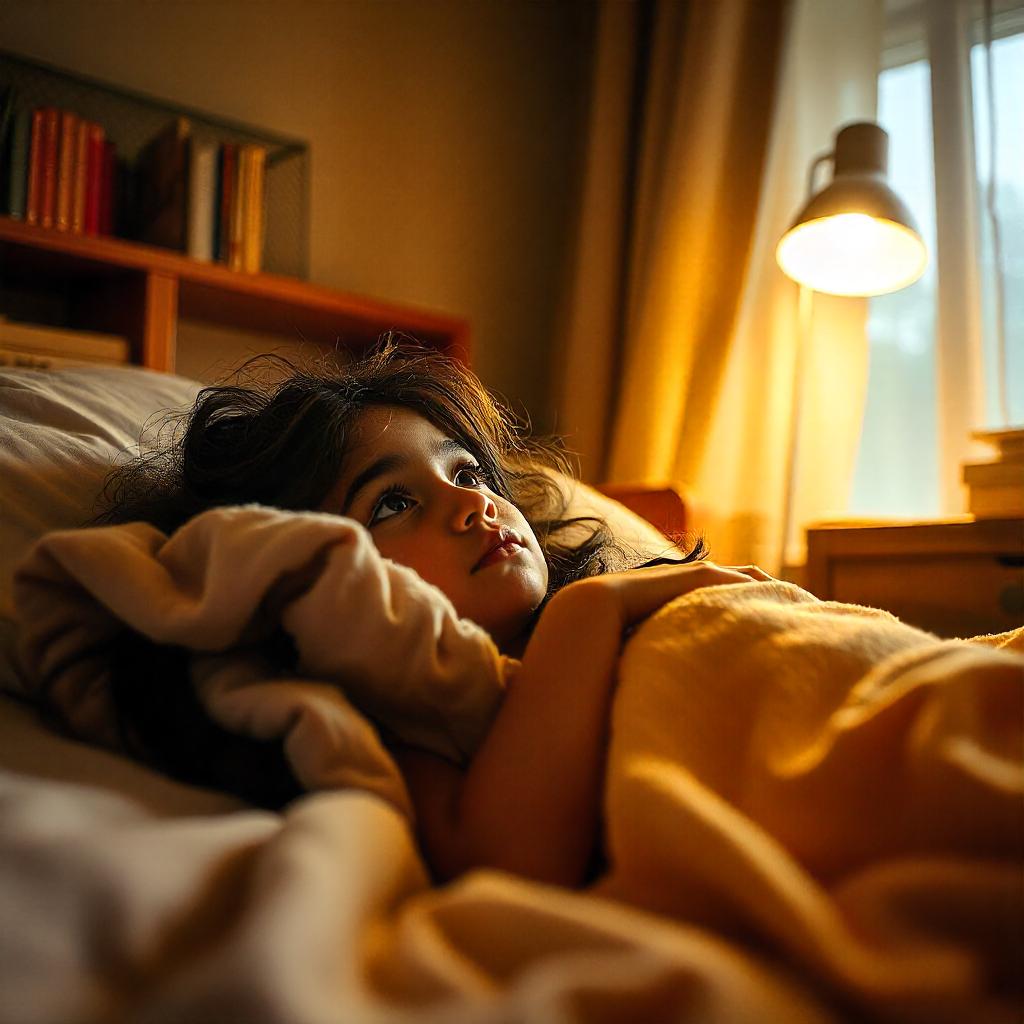
Holi Festival for Kids: Safety Tips Every Parent Should Know
The Holi Festival for Kids is pure magic—imagine your little ones giggling, their cheeks streaked with colors, and the air filled with laughter. But for

Childhood is often thought of as a carefree time, but for many kids, childhood anxiety can feel like a weight they don’t know how to lift. It’s more than just shyness or occasional nerves—it’s a struggle that can quietly affect their happiness, focus, and overall well-being.
As a parent, you might notice little changes: “I don’t feel good” before school, trouble sleeping, or an outburst over something small. These moments might seem like part of growing up, but they could be signs of deeper anxiety. Recognizing what’s going on and offering support can make all the difference in helping your child feel safe and confident.
Let’s explore the signs of childhood anxiety, what might be triggering it, and how you can help them through it.

Anxiety Disorders in kids doesn’t always look like what you’d expect. It can show up as physical discomfort, sudden mood swings, or behaviors that seem out of character. While each child experiences anxiety differently, there are common signs to watch for.
Look for these behaviors:
These signs may feel subtle at first, but when they start affecting your child’s daily life, it’s time to take notice.

Anxiety doesn’t come out of nowhere—it’s often tied to situations or environments that feel overwhelming. Knowing what might be triggering your child’s anxiety is the first step toward helping them manage it.
Common anxiety triggers include:
Sometimes, kids can’t put these feelings into words. As a parent, tuning into their behavior can help you uncover what’s really going on.

Watching your child struggle with anxiety can feel overwhelming, but the comfort lies in knowing that with your support, they don’t have to face it alone. Helping them navigate their worries isn’t about fixing everything—it’s about offering them the tools, understanding, and reassurance they need to feel safe and in control.

Common causes include school pressure, social challenges, family changes, or exposure to stressful events. Every child’s triggers can vary, so understanding their unique situation is key.
Parents can help by fostering open communication, teaching relaxation techniques, creating consistent routines, and modeling healthy ways to cope with stress.
If anxiety significantly impacts your child’s daily life or persists despite your efforts to support them, seeking guidance from a child therapist can be beneficial.
Yes! Apps and tools designed for mindfulness, breathing exercises, or storytelling can be a great addition to your support toolkit.
Untreated anxiety can lead to challenges in emotional regulation, academic performance, and social relationships. Early intervention is key to helping kids develop lifelong coping skills.
Anxiety in children can feel overwhelming for both them and you, but with the right strategies and support, it’s a challenge that can be managed effectively. By recognizing the signs, understanding their triggers, and providing a safe space for them to express their feelings, you’re giving your child the tools to navigate their emotions with confidence.
If your child’s anxiety feels like more than you can handle alone, don’t hesitate to seek professional guidance. With patience, love, and the right resources, you can help your child thrive emotionally and embrace the world with a little less worry and a lot more joy.
1 Comment